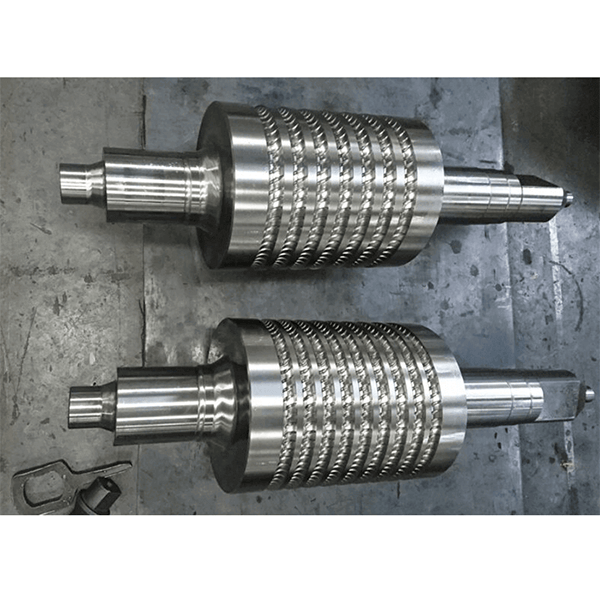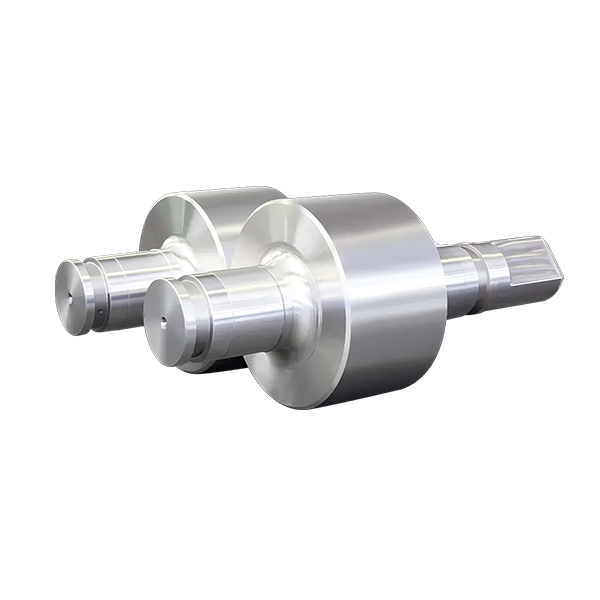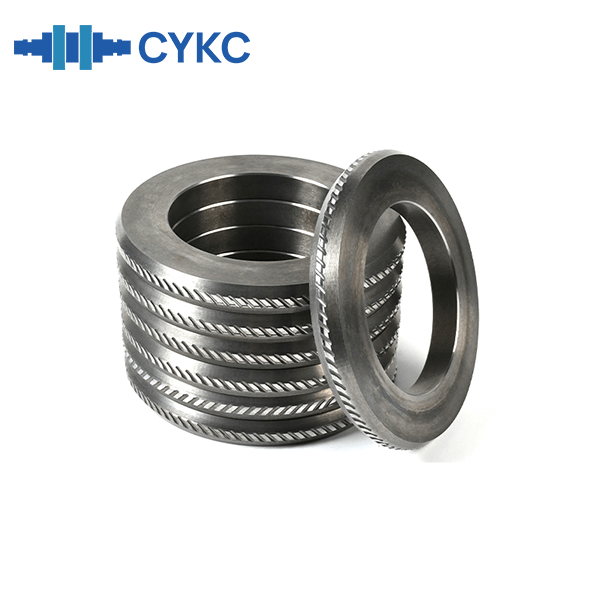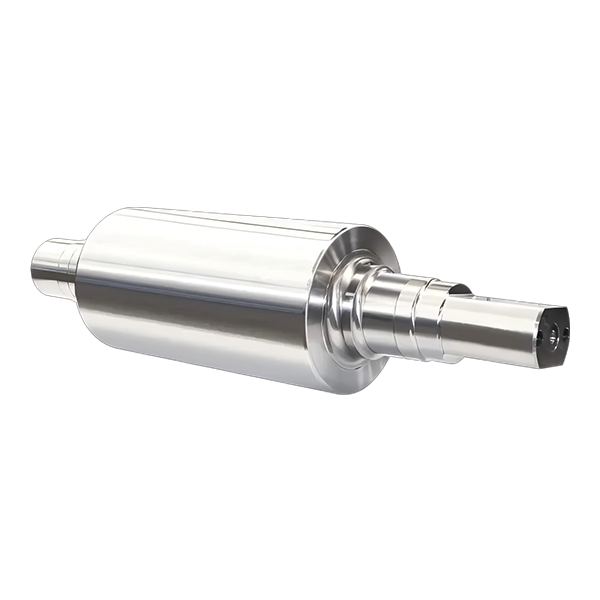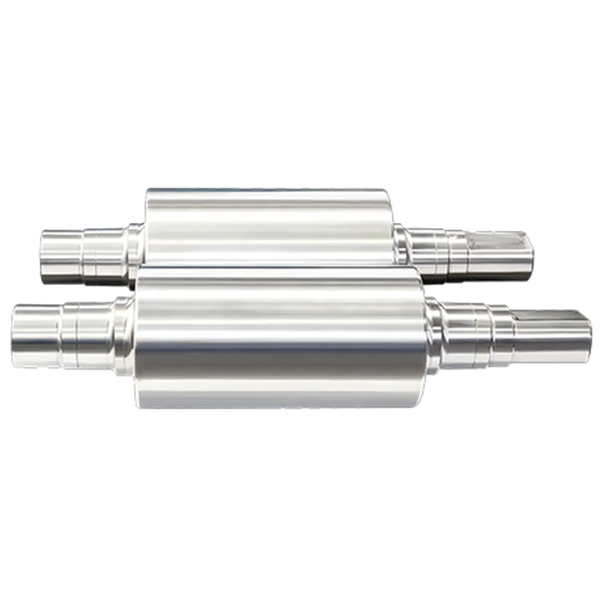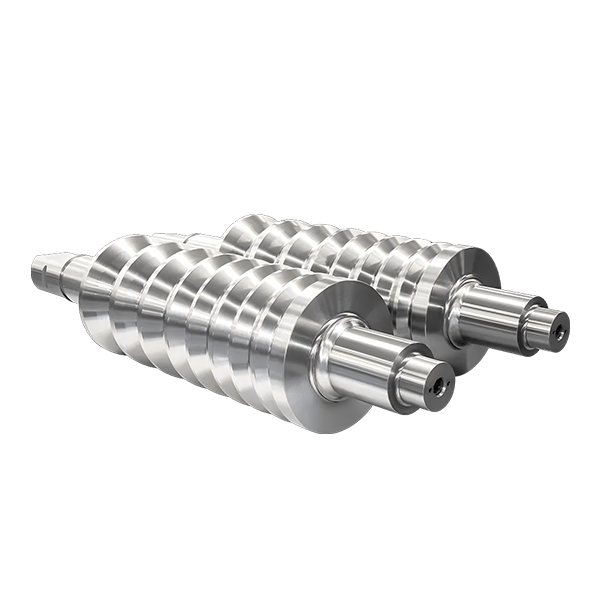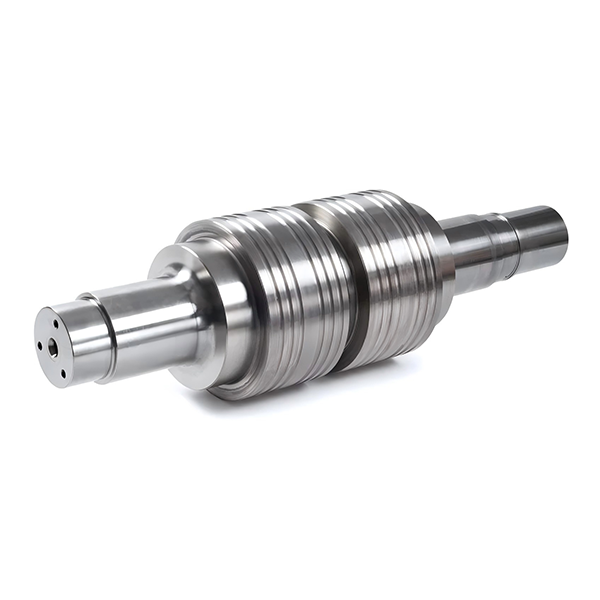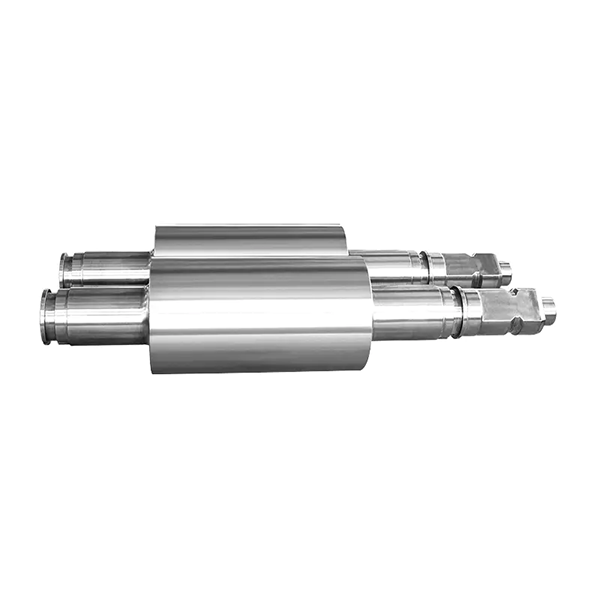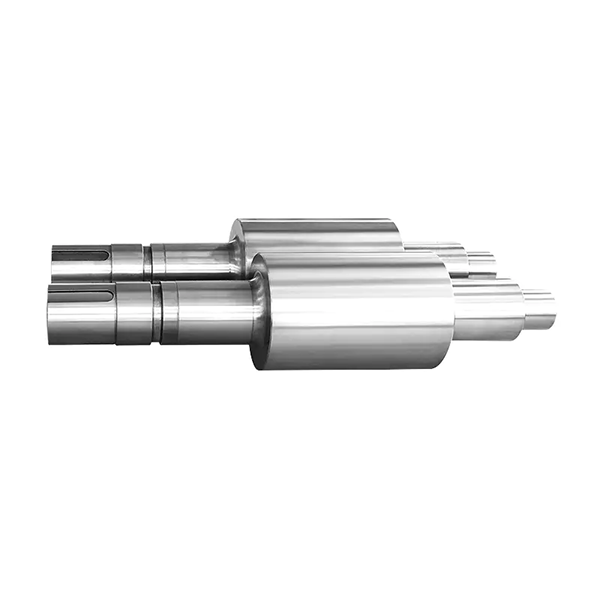In modern steelmaking, hot metal pretreatment has become a key process for producing high-quality, low-impurity steel. As technologies for hot metal desulfurization and dephosphorization continue to evolve, steel mills also place higher demands on rolling mill rolls. Stable, clean, and precisely controlled molten steel directly influences roll performance and service life. At CYKC Group, we supply high-performance rolls designed to meet these modern requirements.
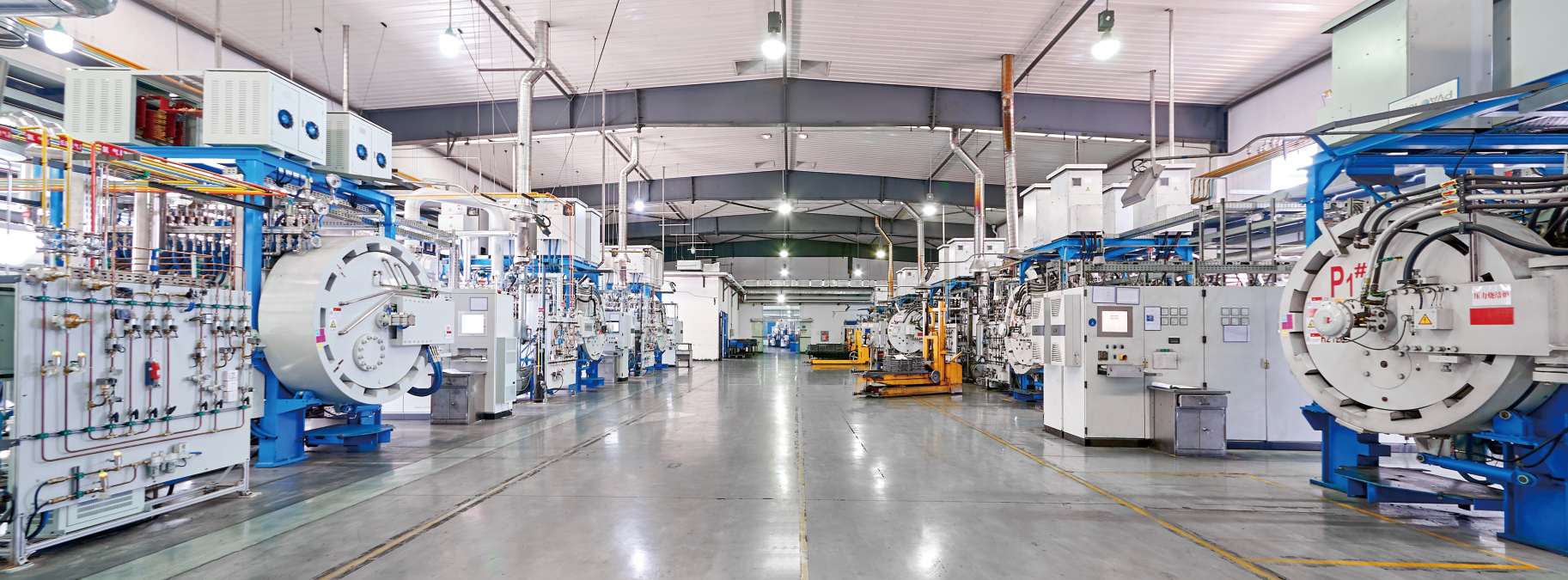
1. Evolution of Hot Metal Desulfurization
Early desulfurization started with off-furnace refining, where sodium hydroxide or soda was added to the hot metal container. Later, calcium carbide was introduced from the top while nitrogen was blown from the bottom to stir the ladle. These methods were gradually phased out because of low reaction efficiency, acetylene generation, and incompatibility with large-tonnage hot metal vessels.
The torpedo car injection method followed, where CaC2 or sodium carbonate powder reacted with the molten iron. But weak stirring limited efficiency, and slag was not reusable. Improvements came when Kawasaki Steel developed CaO powder with surfactants as a safer alternative to CaC2.
In 1965, Fuji Steel introduced the KR (Kanbara Reactor) method, which uses a rotating impeller to create a vortex, allowing CaO-based flux to react efficiently with molten iron. The KR method quickly became an industry standard due to its high efficiency, achieving sulfur levels below 5 ppm at 1400°C. Although reducing flux consumption remains a challenge, KR desulfurization remains dominant today, while Mg-CaO desulfurization also reached industrial scale.
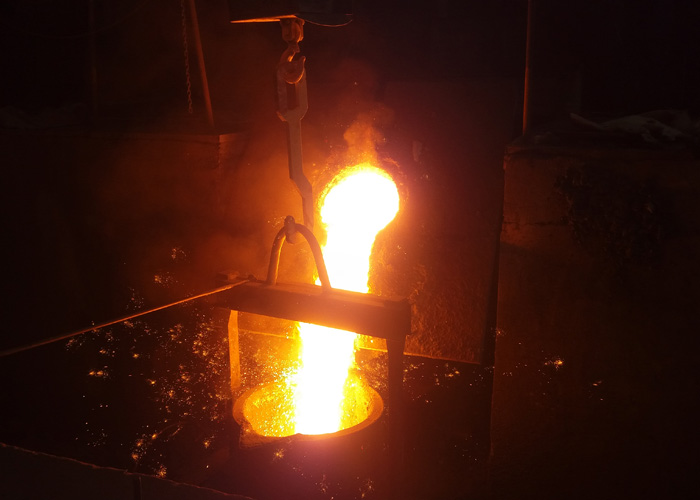
2. Hot Metal Dephosphorization: Technology and Key Differences
The traditional converter double-slag process removes phosphorus but produces large amounts of high-phosphorus slag, causing problems such as slag splashing, lower iron yield, and reduced productivity.
To meet the growing demand for low-phosphorus steel, hot metal dephosphorization before converter blowing was developed. Pre-desiliconization reduces CaO consumption and improves reaction efficiency. Besides oxygen, sinter fines, mill scale, and iron ore fines can serve as oxidizers.
In torpedo car dephosphorization, the reaction occurs mainly at the slag–metal interface and is short-term, unlike desulfurization—which requires long-term reaction with high-basicity slag. This process has been industrially adopted since the 1980s. After slag removal, the dephosphorized hot metal proceeds to converter decarburization.
While soda ash shows good dephosphorization performance, issues such as Na2O corrosion, slag handling difficulty, sodium evaporation, and high cost limit its industrial adoption. CaO-based fluxes remain the mainstream. Reductive dephosphorization using Ca-CaF2 or CaC2-CaF2 systems has been studied but not industrialized due to challenges in stabilizing Ca3P2 and other by-products.
3. What Do These Metallurgical Advances Mean for Rolling Mill Rolls?
Cleaner hot metal directly affects steel cleanliness, surface quality, and rolling stability. As desulfurization and dephosphorization technologies advance, steel mills require rolls that can handle:
Higher purity and hardness of rolled material
Low-S/low-P steel increases resistance during deformation, demanding rolls with higher wear resistance and thermal stability.
Reduced surface defects
Cleaner molten steel means fewer inclusions—and mills need rolls that maintain excellent surface finish under high-load conditions.
Higher rolling speeds and tighter tolerances
Modern steel plants pursue efficiency, requiring rolls that resist fatigue, thermal cracking, and oxidation.
CYKC Group’s rolls are designed to meet these evolving needs.
4. Why CYKC Group Rolls Fit Modern Steelmaking
✔ High-Speed Steel (HSS) Rolls
Excellent hot-hardness and wear resistance
Ideal for finishing stands rolling ultra-clean, low-impurity steel
Improve product surface quality and rolling cycles
✔ Bainitic & Pearlitic Ductile Cast Iron Rolls
Tough and crack-resistant
Suitable for roughing and intermediate stands
Stable performance even under fluctuating temperatures
✔ Indefinite Chill & Alloy Cast Iron Rolls
Balanced hardness and toughness
Reliable for general-purpose rolling
✔ Tungsten Carbide Roll Rings
Extremely high wear resistance
Perfect for high-speed wire rod and bar mills
✔ Precision CNC Roll Machining Equipment
To guarantee accuracy and consistency, we use advanced CNC roll lathes, roll milling machines, and grinders, ensuring every roll meets strict metallurgical and dimensional standards.
5. Conclusion
The development of hot metal pretreatment—from early off-furnace desulfurization to KR reactors and modern dephosphorization—has transformed steelmaking. These advances allow the production of cleaner, high-purity molten steel, but they also impose higher demands onrolls used in downstream rolling operations.
CYKC Group provides rolls engineered for modern steel plants: durable, precise, and capable of delivering consistent performance with today’s cleaner and harder steels.
If you need high-performance rolls for bar mills, wire rod mills, section mills, or strip mills, CYKC Group is your reliable partner.


